Saint of the Day – 13 May – St Robert Bellarmine SJ (1542-1621) Archbishop of Capua, Italy, Rector of the Roman College, Confessor, Cardinal, Doctor of the Church, Theologian, Professor, Writer, Preacher, Mediator. Known as – “The Father of the Poor,” “The Hammer of Heretics,” “The Model of Promoters and Defenders of the Catholic religion.”
St Robert Bellarmine
From the Roman Breviary
Robert, a native of Montepulciano, Italy and of the noble family of Bellarmine, had for his mother, the most pious Cynthia Cervini, sister of Pope Marcellus II. From the first, he was conspicuous for exemplary piety and most chaste manners, earnestly desiring this one thing, to please God alone and to win souls to Christ.
He attended the college of the Society of Jesus in his native town where he was highly commended for his intelligence and modesty. At the age of eighteen, he entered the same Society at Rome and was a model of all religious virtues. Having passed through the course of philosophy at the Roman College, he was sent firstly to Florence, then to Monreale, later to Padua to teach Sacred Theology and afterwards, to Louvain where, not yet a Priest, he ably discharged the office of preacher. After Ordination at Louvain, he taught Theology with such success, that he brought back many heretics to the unity of the Church and was regarded throughout Europe, as a most brilliant Theologian, so much so, that St Charles, Bishop of Milan and others, keenly sought after him.
Recalled to Rome at the wish of Pope Gregory XIII, he taught the science of controversial Theology at the Roman College and there, as Spiritual Director, he guided the angelic youth St Aloysius in the paths of holiness. He governed the Roman College and then the Neapolitan Province of the Society of Jesus, in accordance with the spirit of St Ignatius.
Again summoned to Rome, he was employed by Clement VIII in the most important affairs of the Church, with the greatest advantage to the Christian state. Then, against his will and in spite of opposition, he was admitted among the number of the Cardinals because, as the Pontiff publicly declared, he did not have his equal among Theologians in the Church of God, at the time. He was Consecrated Bishop by the same Pope and administered the Archdiocese of Capua in a most saintly manner for three years. Having resigned this office, he lived in Rome until his death, as a most impartial and trusty Counsellor to the Supreme Pontiff. He wrote much and in an admirable manner.
His principal merit lies in his complete victory in the struggle against the new errors, during which he distinguished himself as a strenuous and outstanding vindicator of Catholic tradition and the rights of the Roman See. He gained this victory by following St Thomas as his guide and teacher, by a prudent consideration of the needs of his times, by his irrefragable teaching and by a most abundant wealth of testimony, well-chosen from the Sacred Writings and from the very rich fountain of the Fathers of the Church. He is eminently noted for very numerous short works, for fostering piety and especially for that golden Catechism, winch he never failed to explain to the young and ignorant, both at Capua and at Rome, although preoccupied with other very important affairs.
A contemporary Cardinal declared, that Robert was sent by God for the instruction of Catholics, for the guidance of the good and for the confusion of heretics. St Francis de Sales regarded him as a fountain of learning; the Supreme Pontiff Benedict XIV called him the Hammer of Heretics and Benedict XV proclaimed him the Model of Promoters and Defenders of the Catholic religion.
He was most zealous in the religious life and he maintained that manner of life after having been chosen as one of the empurpled Cardinals. He did not want any wealth beyond what was necessary; he was satisfied with a moderate household and scanty fare and clothing. He did not strive to enrich his relatives and he could scarcely be induced to relieve their poverty, even occasionally. He had the lowest opinion of himself and was of wonderful simplicity of soul. He had an extraordinary love for the Mother of God; he spent many hours daily in prayer. He ate very sparingly and fasted three times a week. Uniformly austere with himself, he burned with charity towards his neighbour and was often called the Father of the poor. He earnestly strove that he might not stain his baptismal innocence by even the slightest fault.
Almost eighty years old, he fell into his last illness at St Andrew’s on the Quirinal hill and in it, he showed his usual radiant virtue. Pope Gregory XV and many Cardinals visited him on his deathbed, lamenting the loss of such a great pillar of the Church. He fell asleep in the Lord in the year 1621, on the day of the Sacred Stigmata of St Francis, the memory of which, he had been instrumental in having celebrated everywhere. The whole City mourned his death, unanimously proclaiming him a Saint. The Supreme Pontiff Pius XI inscribed his name, firstly, in the number of the Blessed, and then in that of the Saints and shortly afterwards, by a Decree of the Sacred Congregation of Rites, he declared him a Doctor of the Universal Church.
His body is honoured with pious veneration at Rome in the Church of St Ignatius, near the tomb of St Aloysius, as he himself had desired. Blessed be God in His Holy Saints! Amen.
More of St Robert’s Life here:
https://anastpaul.com/2017/09/17/saint-of-the-day-17-september-st-robert-bellarmine-s-j-doctor-of-the-church/
AND a Podcast here:
St Robert Bellarmine and Galileo
https://www.discerninghearts.com/catholic-podcasts/st-robert-bellarmine-doctor-of-the-church-and-of-prudence/




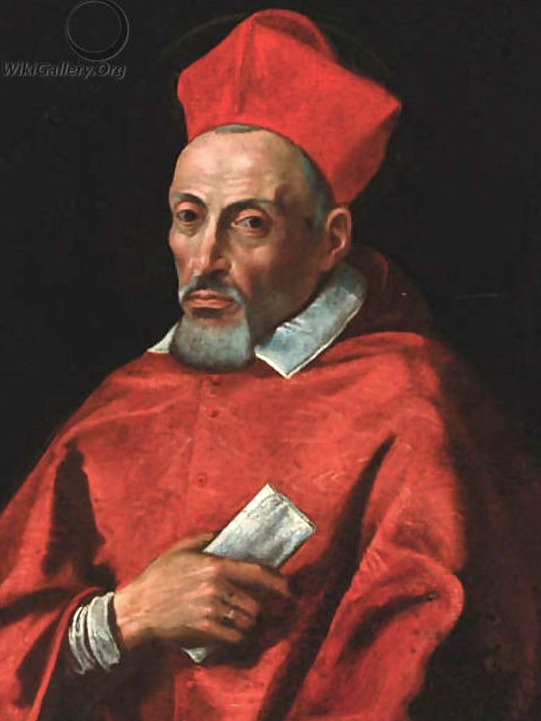



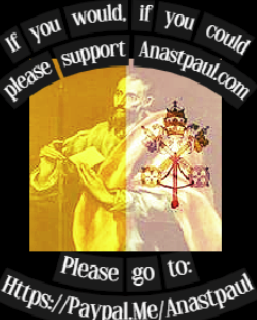

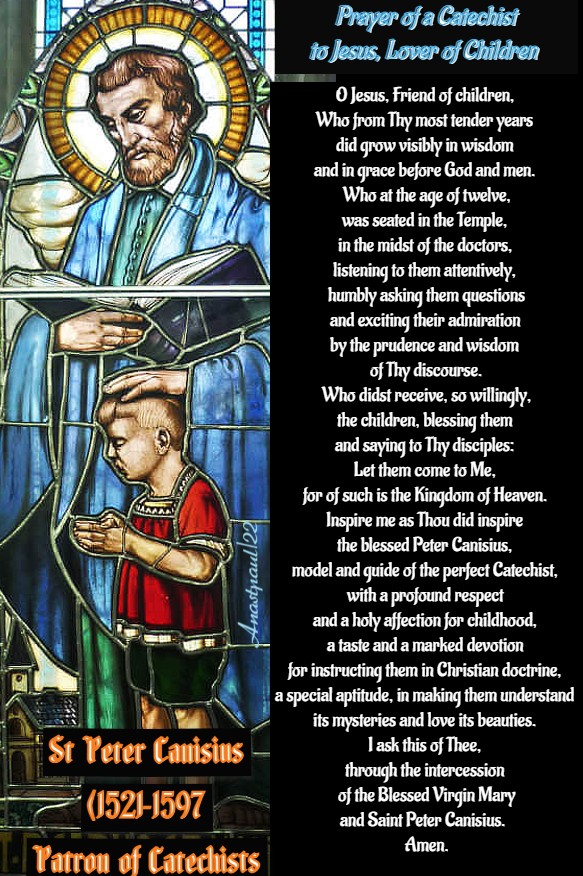



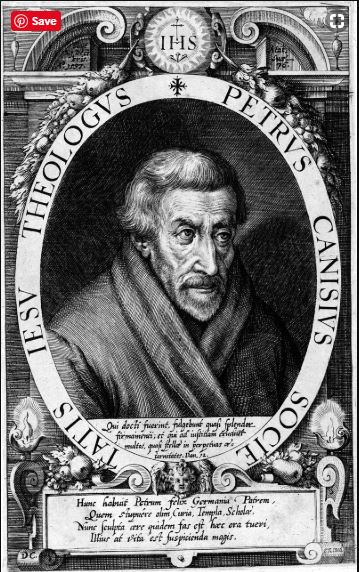


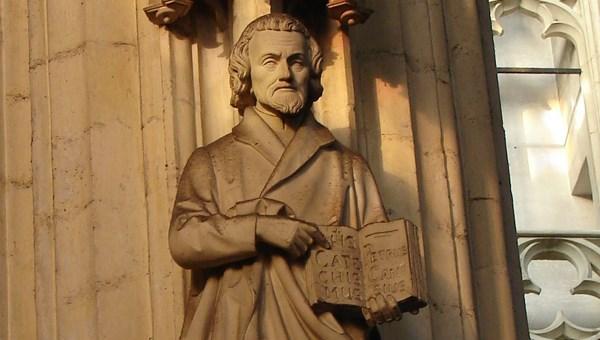



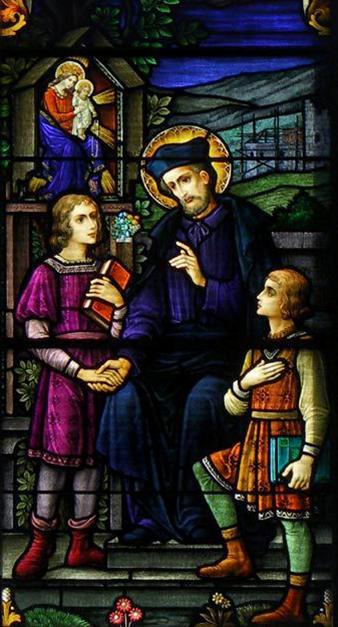

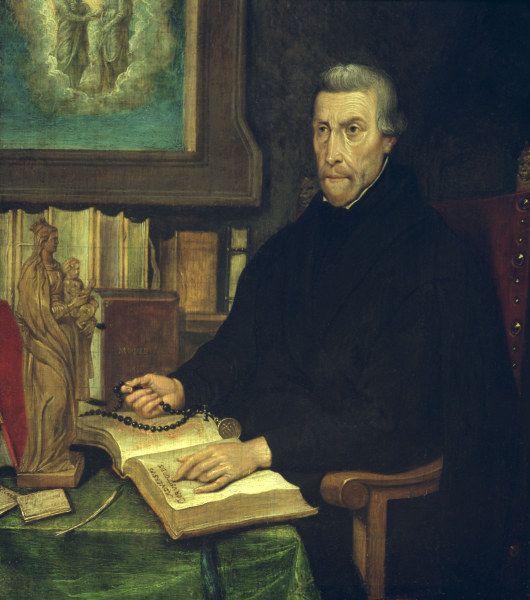








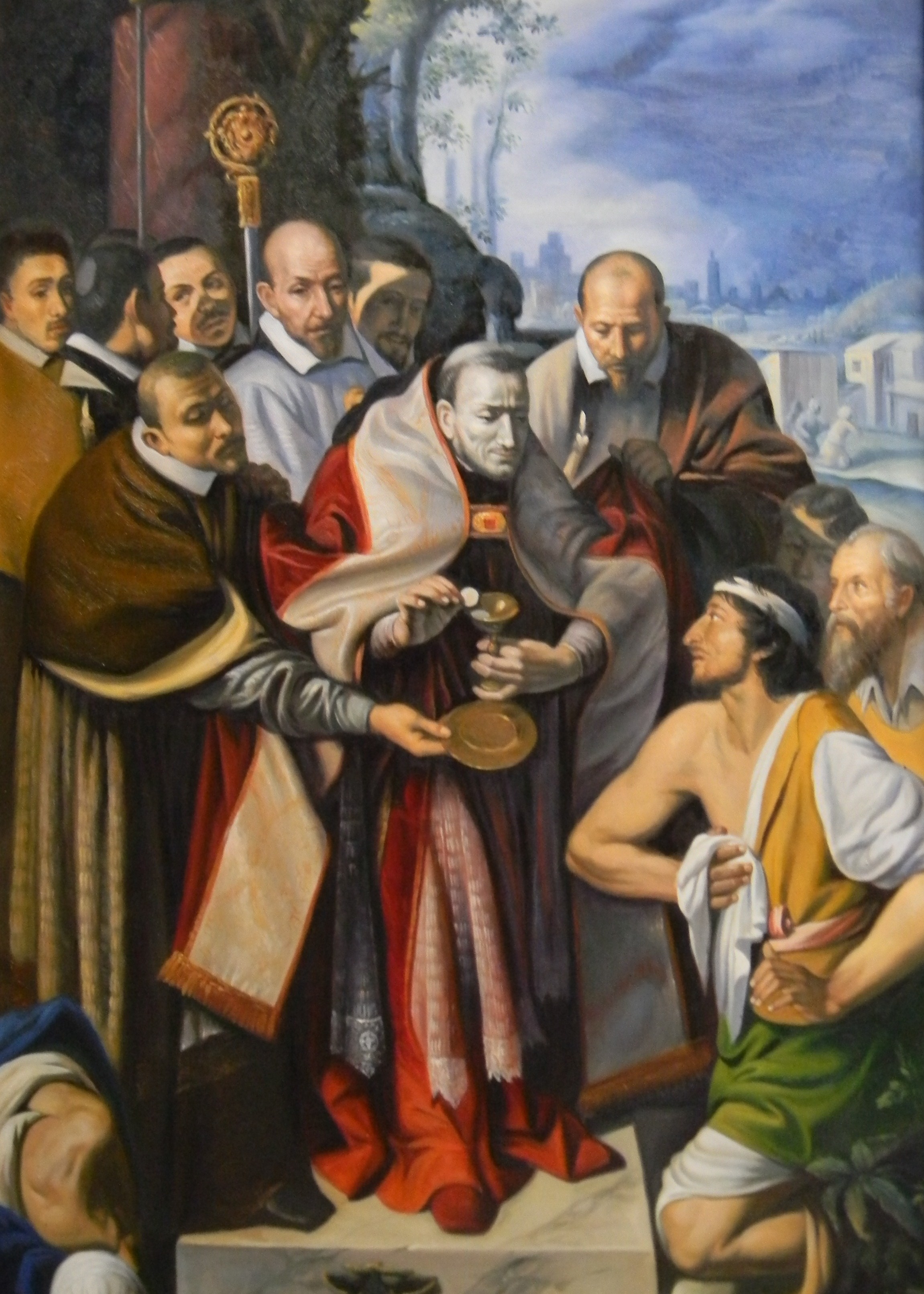




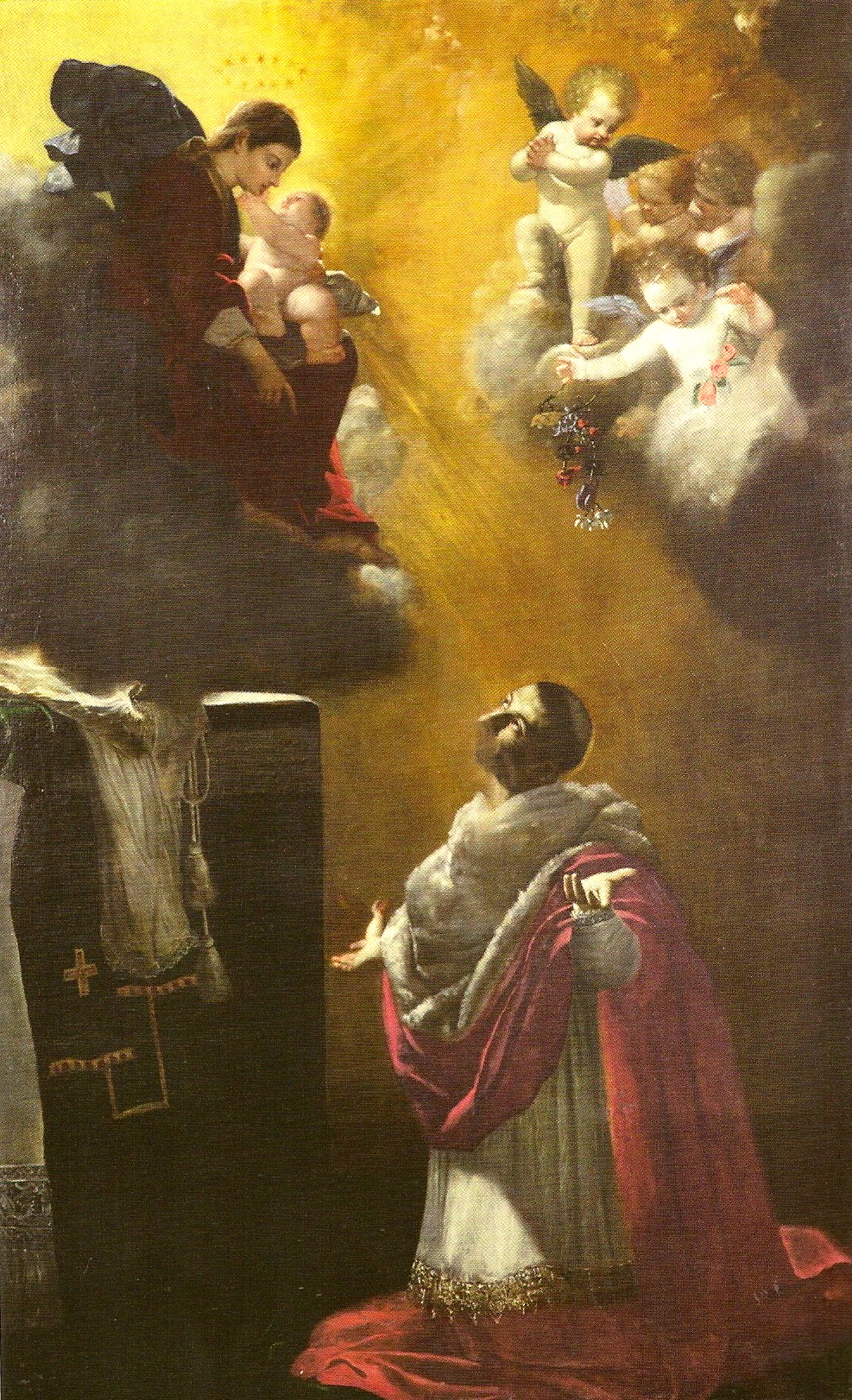
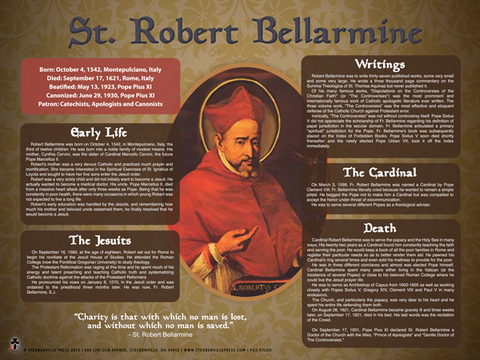
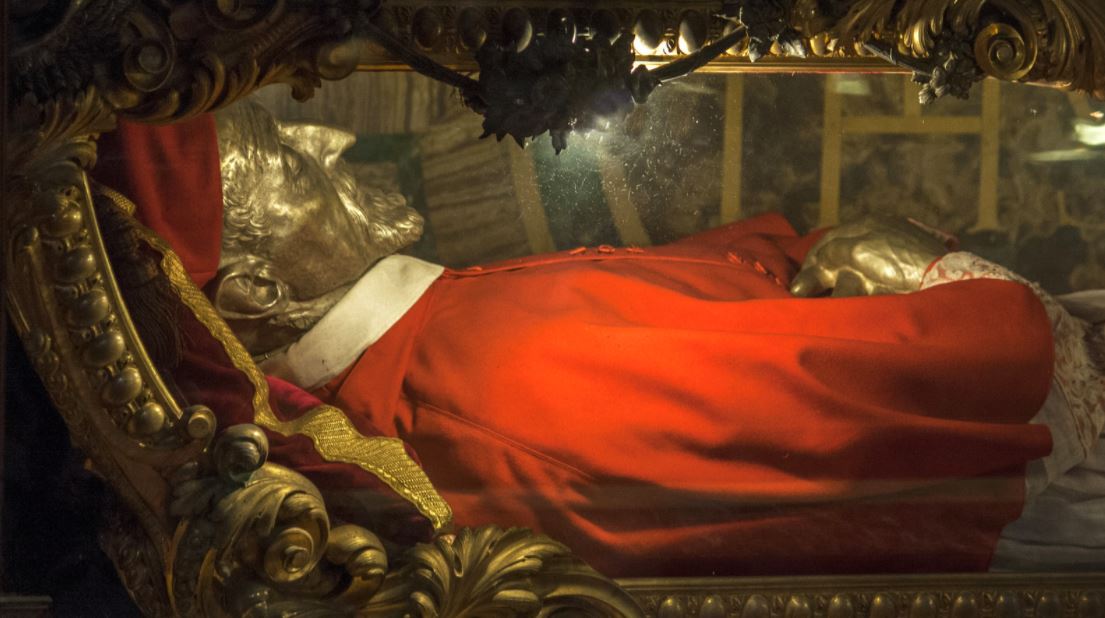
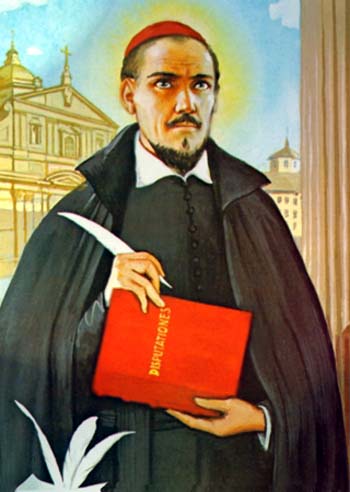




You must be logged in to post a comment.